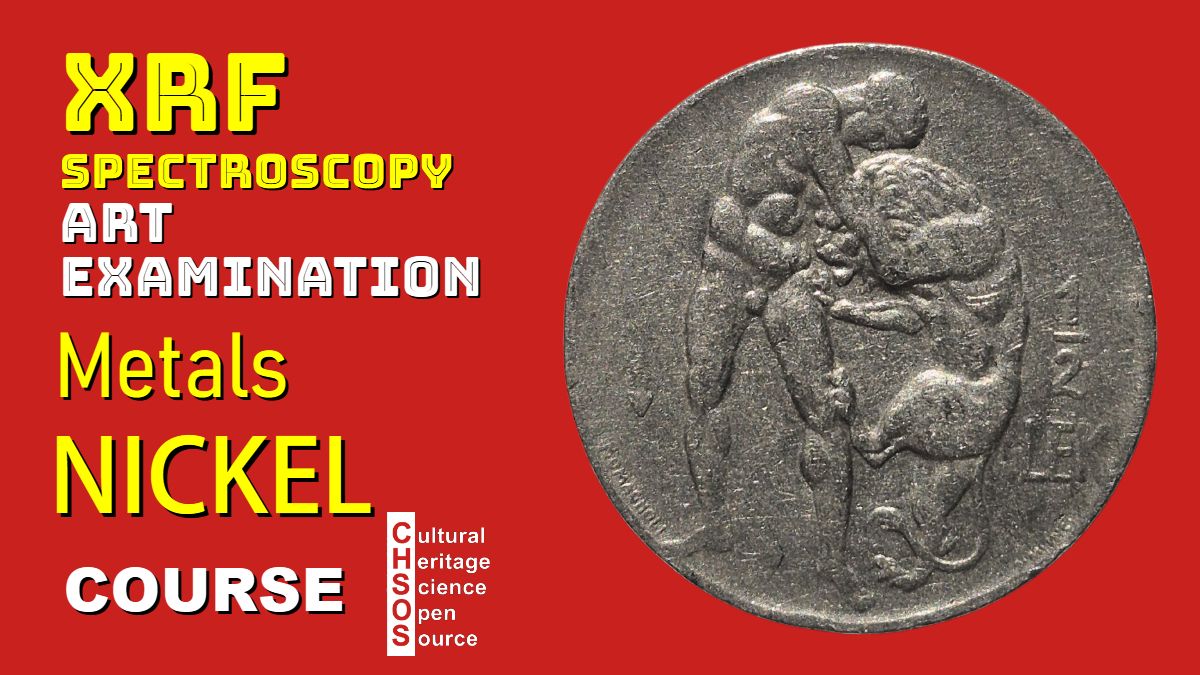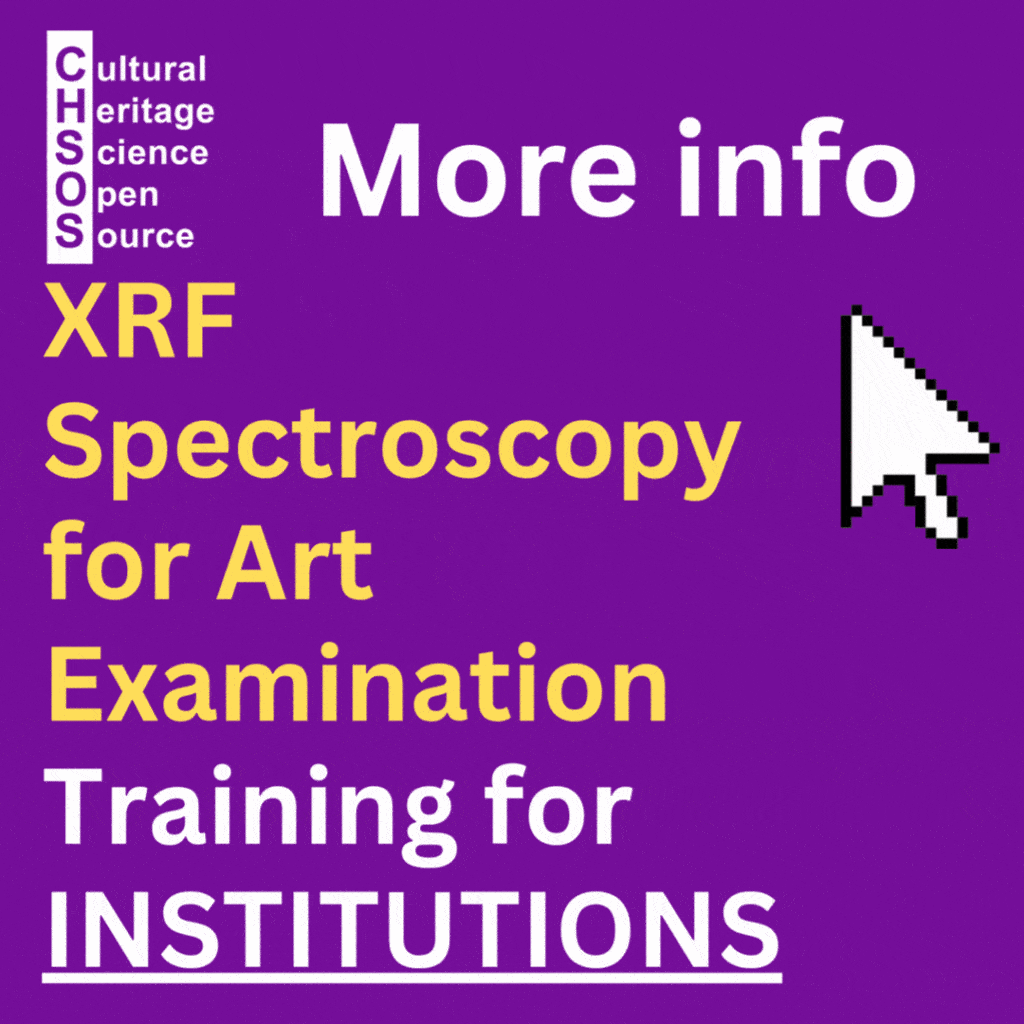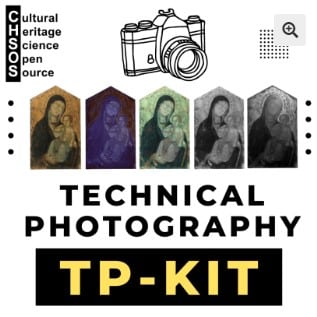
This lesson focuses on nickel in coinage. While nickel is widely used in alloys such as stainless steel, coins made of pure nickel are relatively rare. Nickel is one of the few ferromagnetic elements, along with iron and cobalt, which makes it easy to identify in coins just using a magnet.
Objectives
-
Understand the role of nickel in coin production.
-
Recognize the difference between pure nickel and nickel-containing alloys.
-
Identify the ferromagnetic properties of nickel and their use in coin identification.
-
Analyze case studies of coins made of pure nickel using XRF spectroscopy.
Materials
-
Samples of coins containing nickel (e.g., 1/2 Lek from Albania, 5 Drachma from Greece, both dated 1930).
-
Small reference cubes of iron, cobalt, and nickel.
-
Magnet.
Lesson Plan
-
Introduce nickel as a coin metal and contrast its role in alloys such as stainless steel.
-
Demonstrate ferromagnetism with iron, cobalt, and nickel cubes.
-
Compare magnetic response of coins to identify nickel-containing examples.
-
Present XRF spectra of the Albanian 1/2 Lek and Greek 5 Drachma to confirm pure nickel composition.








